What Is a Geocomposite Drain and How Can It Solve Drainage Problems?
Discover how a geocomposite drain solves drainage problems in construction and landscaping with efficient, low-maintenance performance.
Tel: +86-411-39569550 | E-mail: info@geofantex.com/geofantex@gmail.com
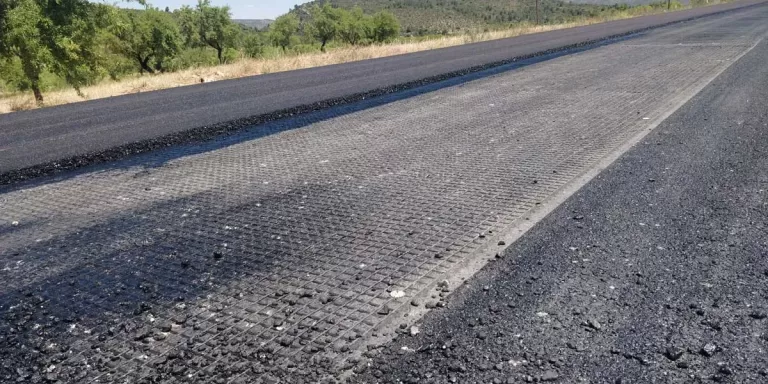
Discover how a geocomposite drain solves drainage problems in construction and landscaping with efficient, low-maintenance performance.
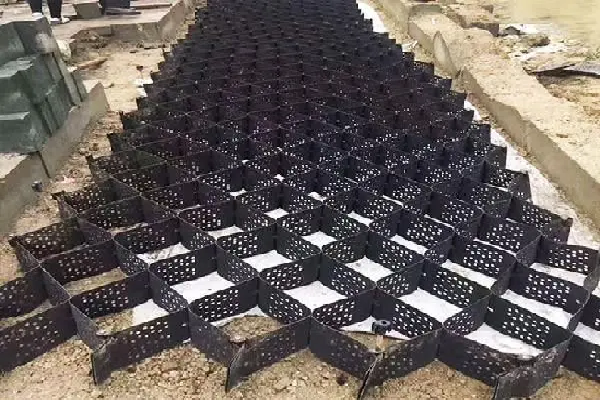
Discover how geo geocell systems improve load support, erosion control, and cost efficiency in modern geosynthetics.

Explore how Geosell geosynthetics enhance soil stability, erosion control, and sustainability in modern infrastructure .
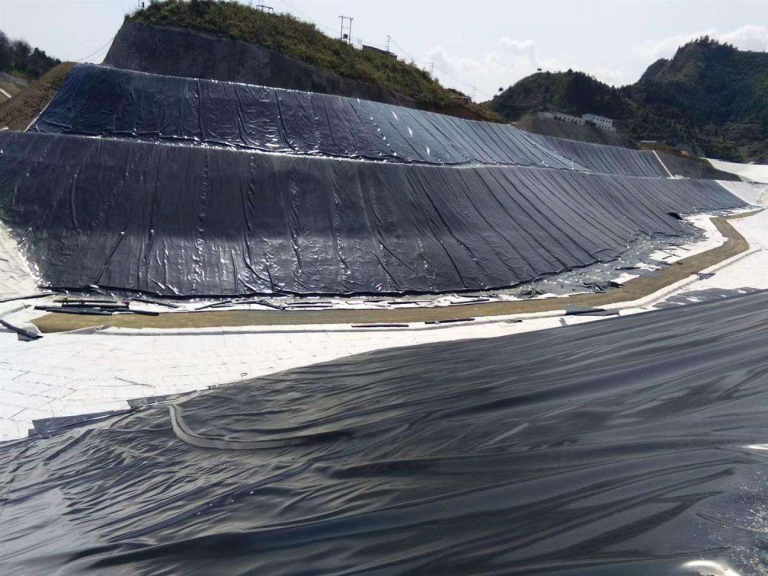
Explore real-life cases where trusted geomembrane suppliers provided durable liners for landfill, mining, and agricultural water projects.

Discover real-life cases showing how geomembran is used in landfills, water reservoirs, and mining for effective environmental protection.
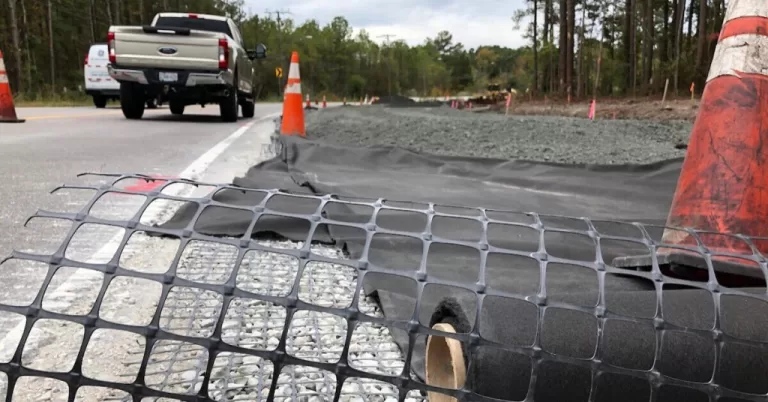
Explore the Geogrid Game, a digital simulation that enhances geotechnical education and geosynthetics interactively.
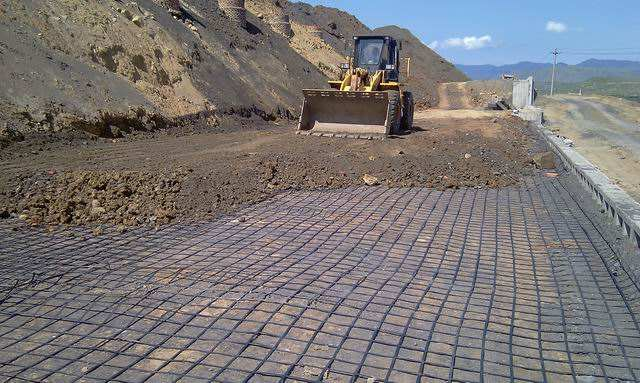
Discover how geogrid technology is shaping the future of geosynthetics with composite solutions and sustainable infrastructure in 2025.
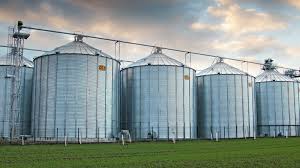
Discover how GSI Waukesha WI solves geosynthetic challenges in infrastructure, erosion control, and drainage with expert local support.

Discover how GSI USA geosynthetics help solve civil engineering problems in the USA, from erosion control to landfill containment.
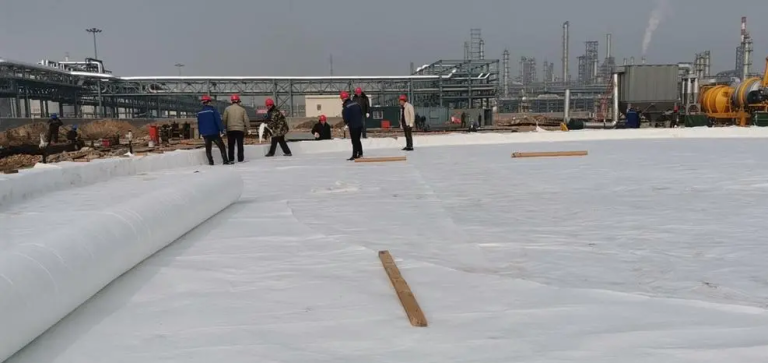
Geotextile cloth supports soil stabilization, drainage, and erosion control in geosynthetics for construction and infrastructure use.
End of content
End of content
WhatsApp us